Companies and labs are racing to build next-generation devices that track and translate brain activity to help people immobilized by disease or injury handle tasks requiring movement.
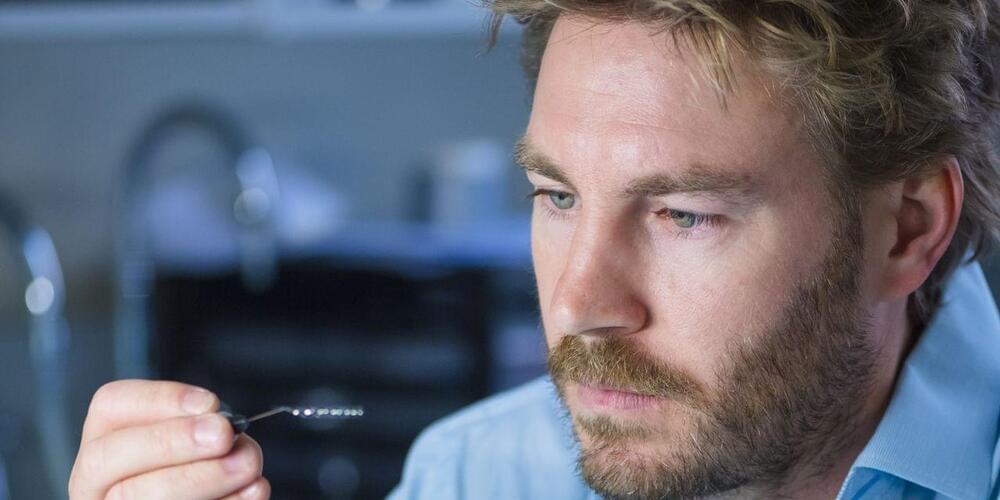



Summary: Neurons in the primary olfactory cortex play a role in encoding spatial maps, a new study reports.
Source: champalimaud centre for the unknown.
Smell has the power to transport us across time and space. It could be the sweet fragrance of jasmine, or the musty scent of algae. Suddenly, you are back at your childhood home, or under the burning sun of a distant shore.
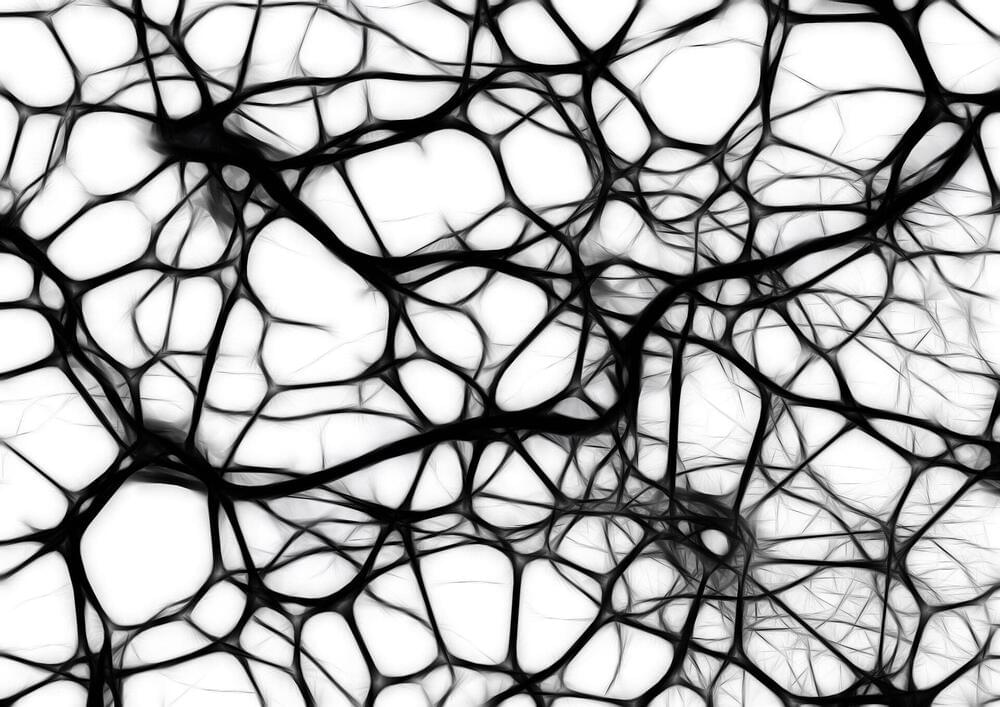
To solve the mysteries of how learning and memory occur, Johns Hopkins Medicine scientists have created a system to track millions of connections among brain cells in mice—all at the same time—when the animals’ whiskers are tweaked, an indicator for learning.
Researchers say the new tool gives an unprecedented view of brain cell activity in a synapse—a tiny space between two brain cells, where molecules and chemicals are passed back and forth.
“It was science fiction to be able to image nearly every synapse in the brain and watch a change in behavior,” says Richard Huganir, Ph.D., Bloomberg Distinguished Professor of Neuroscience and Psychological and Brain Sciences at The Johns Hopkins University and director of the Department of Neuroscience at the Johns Hopkins University School of Medicine.

General anesthesia doesn’t just work on your brain or on your mind. It works on your consciousness. By altering the delicate electrochemical balance within the neural circuitry inside your head, the basic ground state of what it is to “be” is — temporarily — abolished. In this process lies one of the greatest remaining mysteries in science, and in philosophy too.
Somehow, within each of our brains, the combined activity of billions of neurons, each one a tiny biological machine, is giving rise to a conscious experience. And not just any conscious experience, your conscious experience, right here, right now.
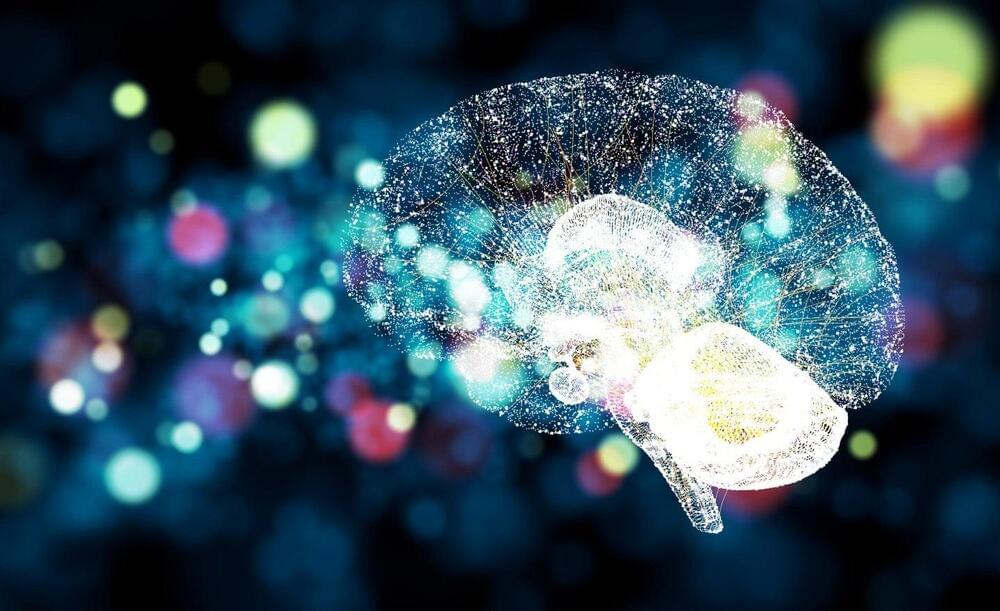
After analyzing the data, researchers found that participants who underwent cataract surgery had nearly 30 percent lower risk of developing dementia compared with those who did not have the procedure. The study also found that the reduction of risk continued for at least a decade following surgery and was associated specifically with the lower risk of Alzheimer’s.
“This is really exciting because no other medical intervention has shown such a strong association with lessening dementia risk in older individuals,” Cecilia S. Lee, ophthalmologist and the study’s lead author, said in a statement.


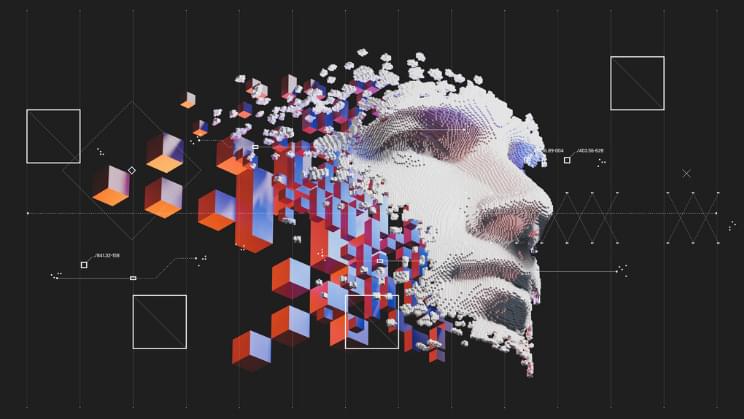
A new study claims machine learning is starting to look a lot like human cognition.
In 2019, The MIT Press Reader published a pair of interviews with Noam Chomsky and Steven Pinker, two of the world’s foremost linguistic and cognitive scientists. The conversations, like the men themselves, vary in their framing and treatment of key issues surrounding their areas of expertise. When asked about machine learning and its contributions to cognitive science, however, their opinions gather under the banner of skepticism and something approaching disappointment.
“In just about every relevant respect it is hard to see how [machine learning] makes any kind of contribution to science,” Chomsky laments, “specifically to cognitive science, whatever value it may have for constructing useful devices or for exploring the properties of the computational processes being employed.”
While Pinker adopts a slightly softer tone, he echoes Chomsky’s lack of enthusiasm for how AI has advanced our understanding of the brain:
“Cognitive science itself became overshadowed by neuroscience in the 1990s and artificial intelligence in this decade, but I think those fields will need to overcome their theoretical barrenness and be reintegrated with the study of cognition — mindless neurophysiology and machine learning have each hit walls when it comes to illuminating intelligence.”
Full Story:
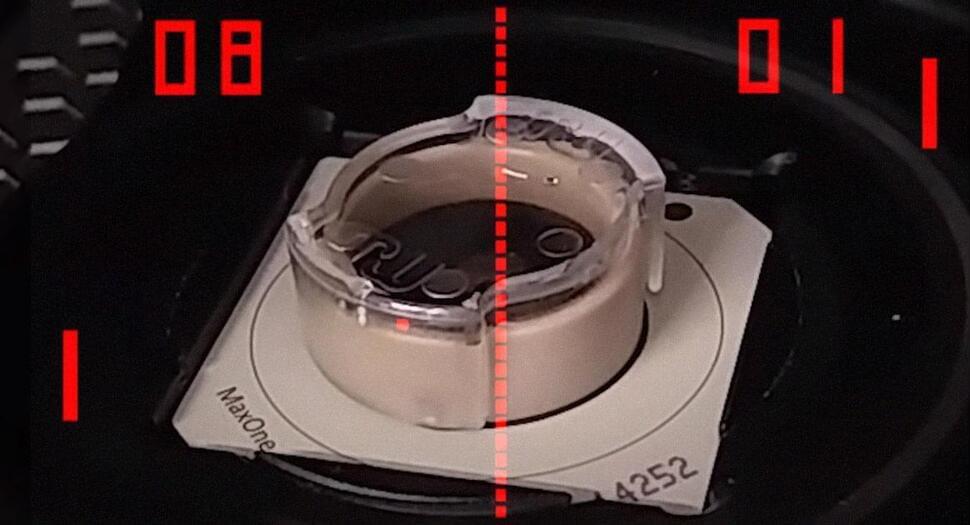
Scientists have successfully taught a collection of human brain cells in a petri dish how to play the video game “Pong” — kind of.
Researchers at the biotechnology startup Cortical Labs have created “ mini-brains ” consisting of 800,000 to one million living human brain cells in a petri dish, New Scientist reports. The cells are placed on top of a microelectrode array that analyzes the neural activity.
We think it’s fair to call them cyborg brains, Brett Kagan, chief scientific officer at Cortical Labs and research lead of the project, told New Scientist.